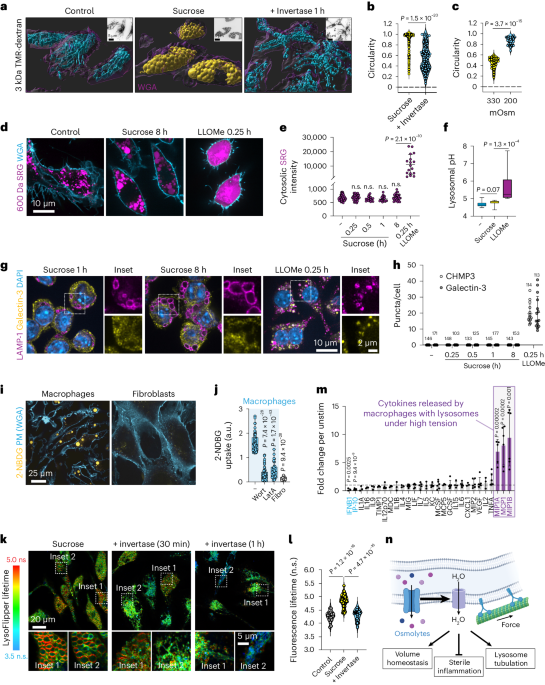Pressure Sensing of Lysosomes and Its Impact on TFEB Responses in Macrophages
Friday, 12 July 2024, 09:21

Pressure Sensing of Lysosomes in Macrophages:
Overview
Macrophages utilize a pressure-sensing mechanism in lysosomes that affects TFEB responses.
Key Findings
- Lysosomal Channels: Mechanosensitive channels in lysosomes cause a cation leak under hydrostatic pressure.
- mTORC1 Inhibition: Pressure-sensitive channels inhibit mTORC1 activation, leading to TFEB/TFE3 activation.
- Monocyte Recruitment: The process results in the release of monocyte chemoattractant proteins.
This study sheds light on the interplay between lysosome pressure sensing and cellular responses, offering new insights into lysosomal dynamics and myeloid cell functions.
This article was prepared using information from open sources in accordance with the principles of Ethical Policy. The editorial team is not responsible for absolute accuracy, as it relies on data from the sources referenced.